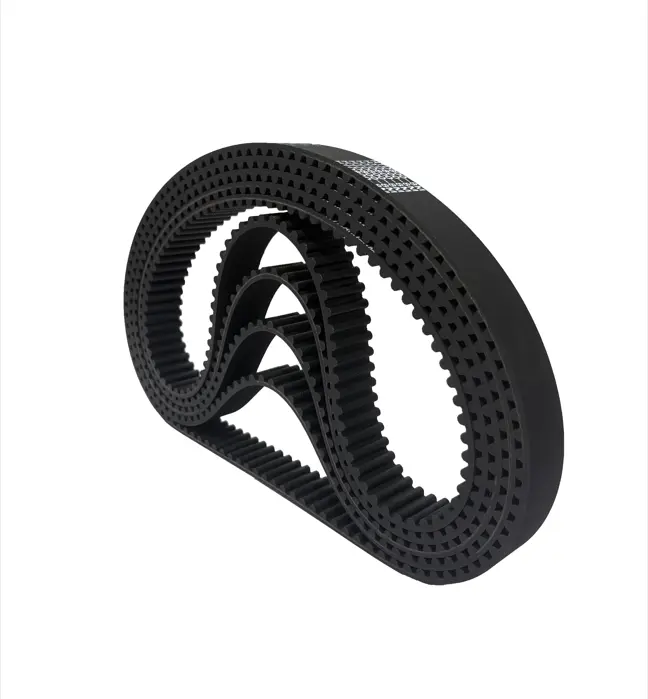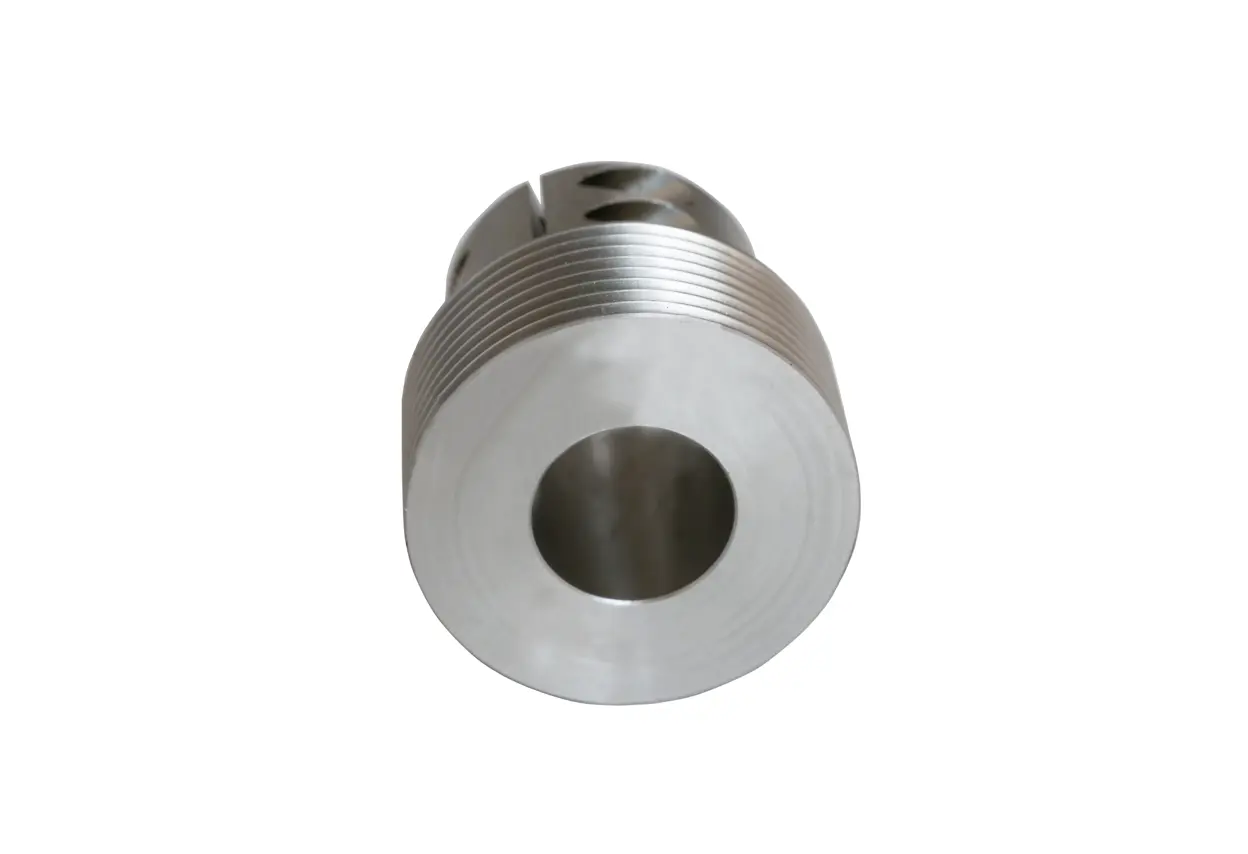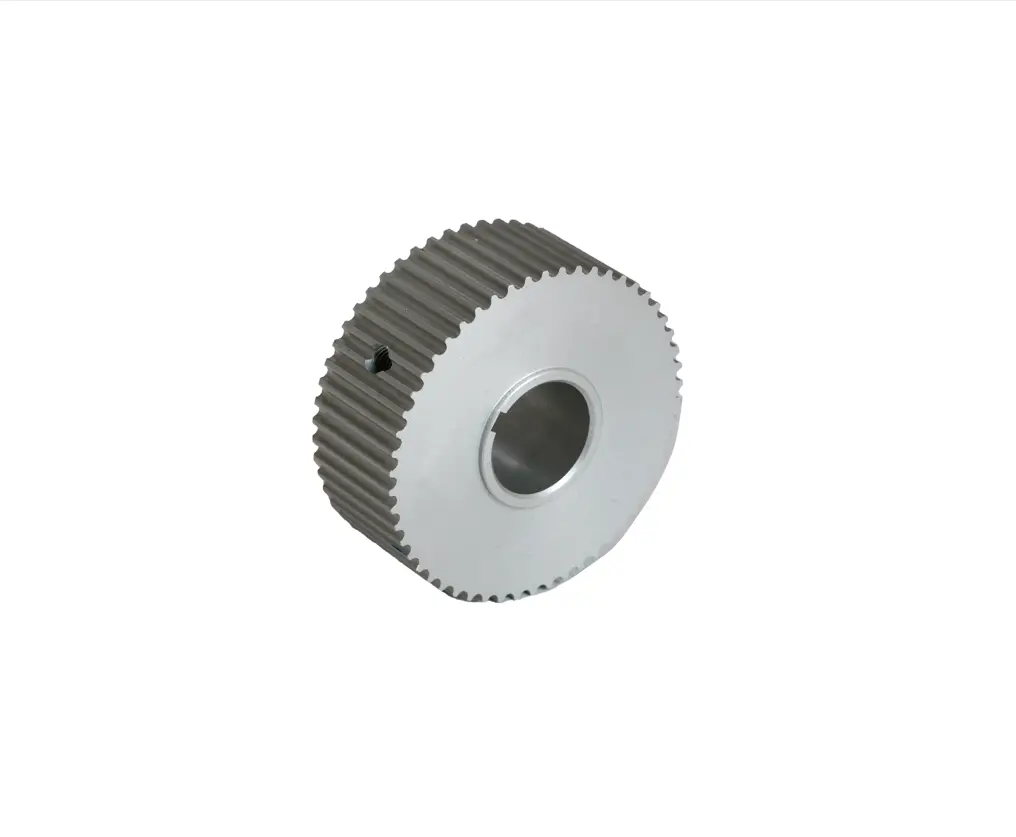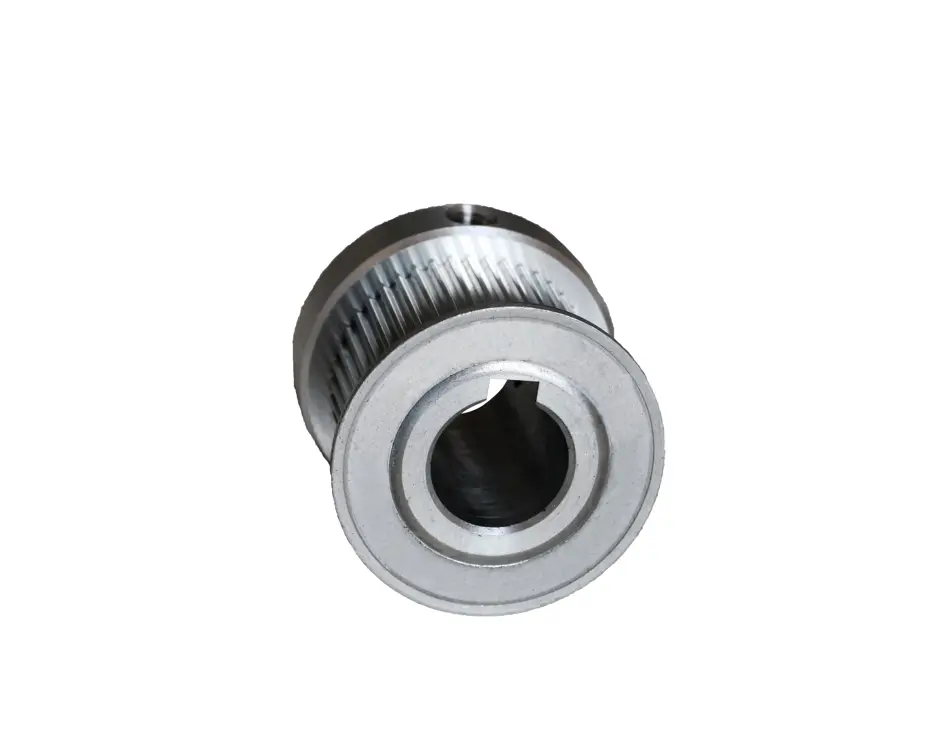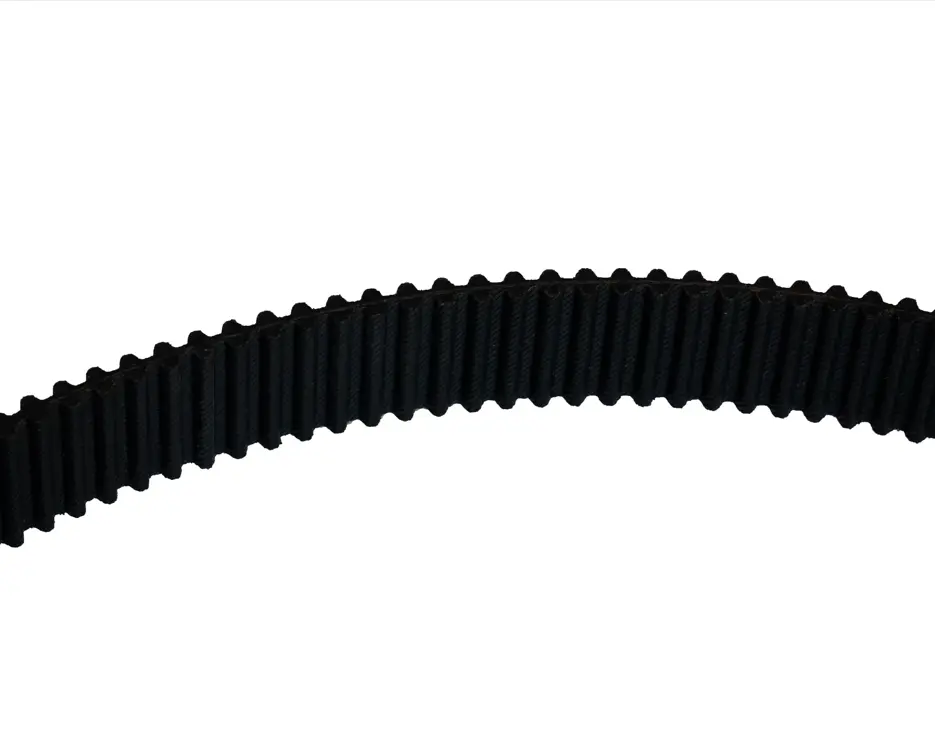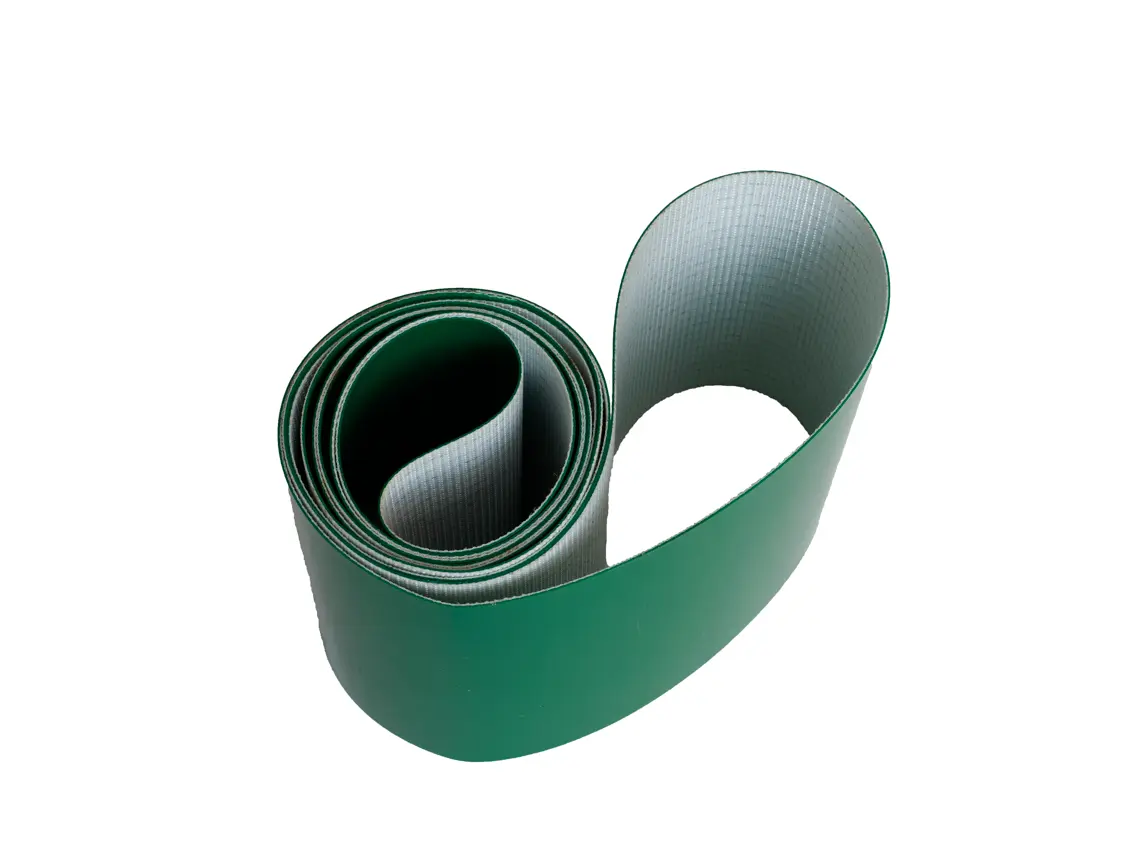Aluminum Timing Pulleys Boost EV Manufacturing Efficiency
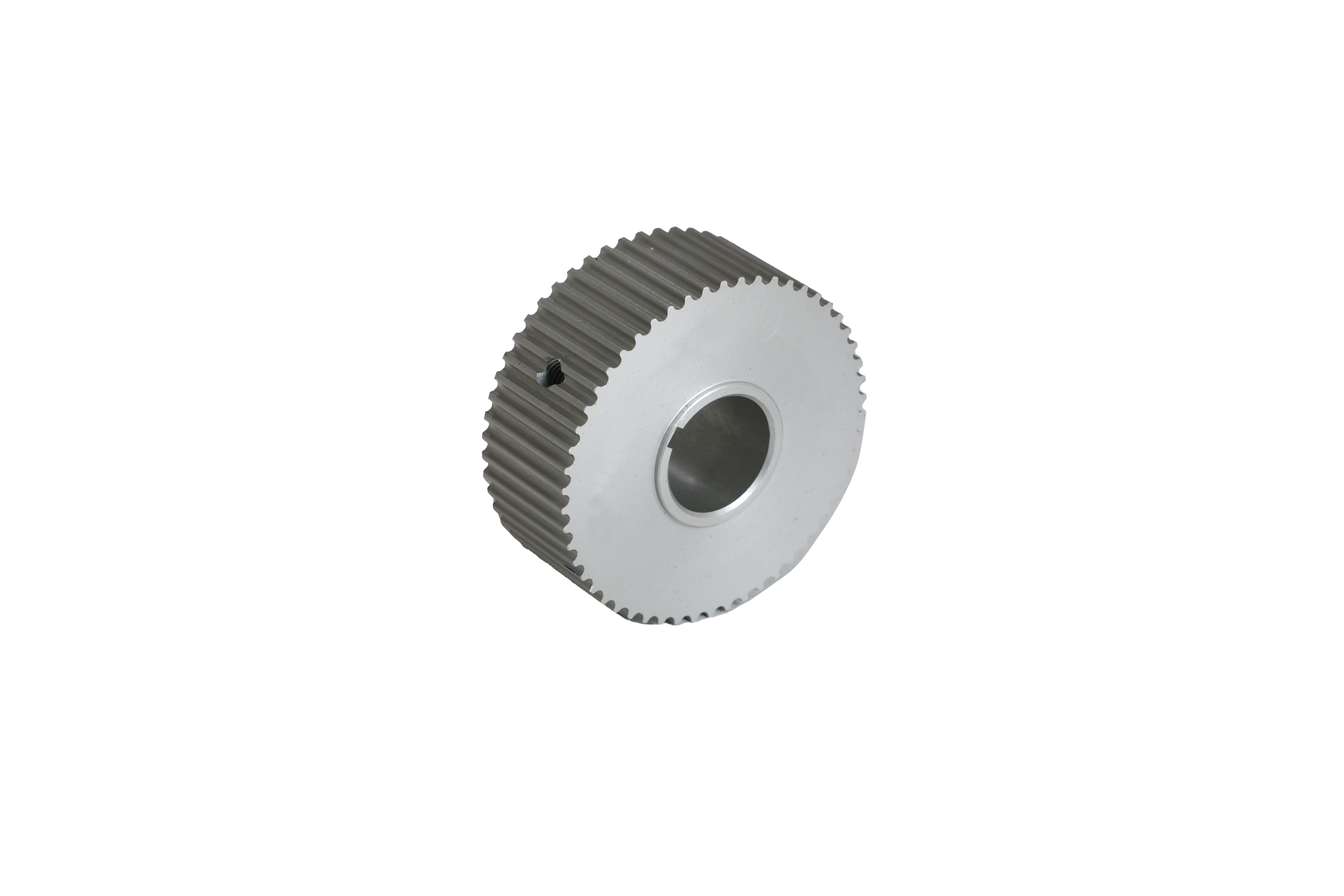
Lightweight Aluminum Timing Pulleys make a big difference in electric vehicle manufacturing. These components help cars use less energy and go farther. Check out the data below:
| Source | Impact on Efficiency |
|---|---|
| U.S. Department of Energy | 15-30% reduction in energy consumption in motion control applications |
| U.S. Office of Energy Efficiency & Renewable Energy | 5-8% improvement in energy efficiency for advanced drive systems in electric vehicles |
Many manufacturers choose aluminum pulleys and LP belt systems to lower weight and boost performance. Drivers notice better range and smoother rides.
- The growing use of lightweight timing pulleys in electric vehicle drivetrains leads to better energy efficiency.
Key Takeaways
- Lightweight aluminum timing pulleys significantly reduce energy consumption in electric vehicles, leading to longer driving ranges and improved performance.
- Using aluminum pulleys lowers the overall weight of vehicles, which decreases the power needed for acceleration and enhances battery life.
- Aluminum timing pulleys are durable and reliable, requiring minimal maintenance while providing a smoother and quieter ride for drivers.
Timing Pulley Function in Electric Vehicles
Key Points: Timing pulleys help electric vehicles run smoothly. They keep parts moving together and make the powertrain more efficient.
Timing Pulley Basics
A timing pulley is a wheel with teeth that matches up with a belt. The teeth on the pulley fit into the grooves on the belt. This design keeps the belt from slipping. When the motor turns the pulley, the belt moves other parts at the same speed. Timing pulleys help control the movement of important systems in electric vehicles. They make sure everything stays in sync. This keeps the car running safely and smoothly.
Role in EV Powertrain Efficiency
The powertrain in an electric vehicle needs to work with high precision. Timing pulleys play a big role here. They transfer power from the motor to other parts, like the wheels or cooling systems. Because the timing pulley keeps everything lined up, the motor does not waste energy. This means the car uses less electricity and can go farther on a single charge. Many engineers choose lightweight aluminum pulleys to make the system even more efficient. These pulleys help reduce the total weight of the car, which also boosts driving range.
Aluminum Timing Pulley Advantages
Weight Reduction and Energy Savings
Key Points: Aluminum timing pulleys help electric vehicles save energy and reduce weight. They make cars lighter and more efficient.
Aluminum is much lighter than steel or other metals. When manufacturers use aluminum timing pulleys, they lower the total weight of the car. Lighter cars need less power to move. This means the battery lasts longer and drivers can travel farther on a single charge. Engineers choose high-grade aluminum alloys for these pulleys because they offer strength without adding extra weight.
- Lighter pulleys reduce the load on the motor.
- Less weight means less energy is needed for acceleration.
- Improved energy savings help electric vehicles go farther.
Manufacturers also pay attention to engineering details. They select the right belt type, number of teeth, and bore diameter to match each application. These choices help keep noise low and vibration minimal. The result is a smoother and quieter ride.
Durability and Reliability
Key Points: Aluminum timing pulleys last a long time and work well in tough conditions. They help electric vehicles stay reliable.
Aluminum timing pulleys resist wear and corrosion. This makes them a smart choice for electric vehicles that need to run for many years. Manufacturers use special surface treatments like anodizing to make the pulleys even stronger. They also focus on quality bearings and tight runout tolerances to keep everything running smoothly.
Here’s how manufacturers address common challenges:
| Strategy | Description |
|---|---|
| IoT Integration | Sensors monitor pulley wear and predict when maintenance is needed. |
| Material Optimization | Engineers adjust aluminum alloys for better performance and compatibility. |
| Localized Production | Factories move closer to customers to avoid delays and lower costs. |
Aluminum timing pulleys also handle high rotational speeds and keep vibration low. This helps electric vehicles stay safe and reliable on the road.
Impact on Vehicle Range and Performance
Key Points: Aluminum timing pulleys help electric vehicles go farther and perform better. They improve driving range and make cars more responsive.
When a timing pulley is lighter and stronger, the car uses less energy. This means drivers can travel longer distances before needing to recharge. The pulleys also help the motor deliver power more smoothly. Cars respond faster when drivers press the pedal.
- Low noise levels make rides more comfortable.
- High rotational accuracy improves handling.
- Dynamic balance keeps the car stable at high speeds.
Manufacturers must consider several factors when designing these pulleys:
- Evaluate minimum order quantity for cost savings.
- Consider tiered pricing for bulk purchases.
- Assess total landed cost, including shipping and duties.
- Calculate cost per operating hour.
- Look for bulk discounts to keep prices low.
Aluminum timing pulleys help electric vehicles stand out in the market. They offer better range, smoother rides, and greater reliability. Drivers notice the difference every time they get behind the wheel.
Manufacturing Benefits of Aluminum Timing Pulleys
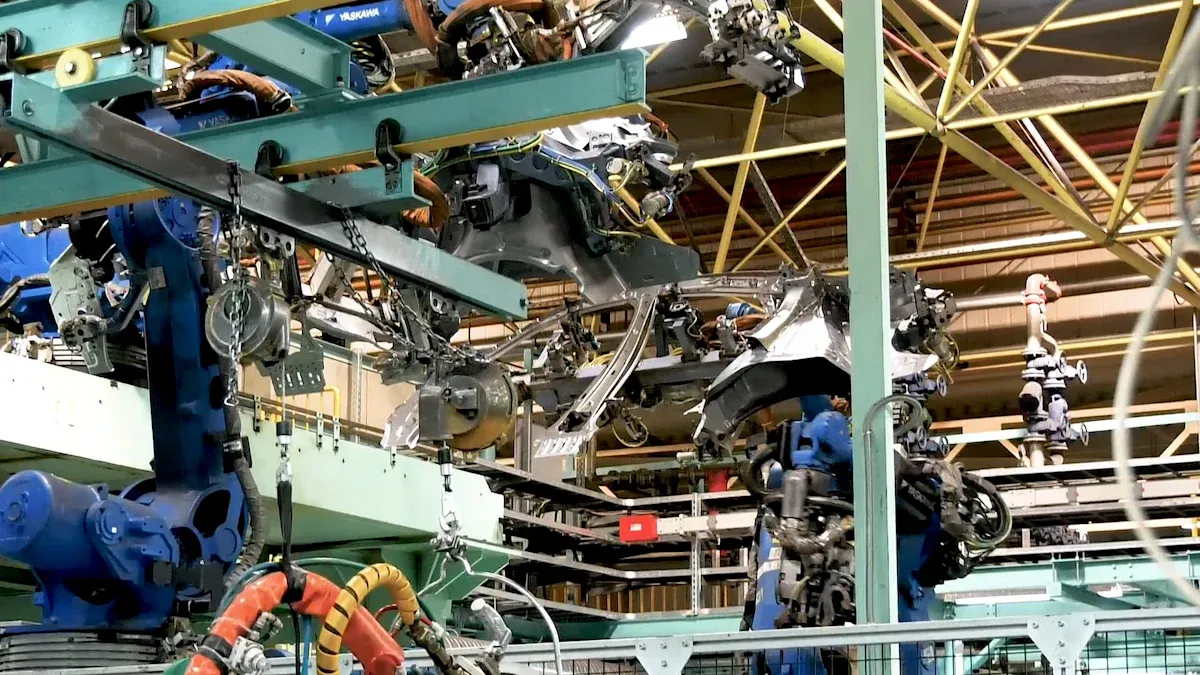
Key Points: Aluminum timing pulleys make assembly easier, speed up production, lower costs for manufacturers, and offer clear benefits to consumers.
Simplified Assembly and Production Speed
Aluminum timing pulleys help factories build electric vehicles faster. Workers handle these pulleys with ease because they weigh less than steel parts. Lighter pulleys mean less strain during installation. Engineers design these pulleys with precise measurements, so they fit perfectly every time.
Manufacturers often use surface treatments like anodizing. This process protects the pulley and makes it easier to clean. Assembly lines move quickly when parts are simple to install. Teams spend less time fixing mistakes or adjusting components.
- Lighter pulleys reduce worker fatigue.
- Precise design leads to fewer errors.
- Surface treatments keep pulleys in top shape.
Production speed increases when assembly is simple. Companies finish more vehicles in less time. This helps them meet customer demand and stay ahead in the market.
Cost Efficiency for Manufacturers
Aluminum timing pulleys help manufacturers save money. These pulleys cost less to ship because they weigh less. Factories use less energy to move and store them. Engineers choose aluminum because it is easy to shape and machine. This lowers production costs.
Here’s a quick look at how aluminum pulleys help with cost efficiency:
| Benefit | Description |
|---|---|
| Lower Shipping Costs | Lightweight pulleys reduce freight charges. |
| Faster Machining | Aluminum is easier to cut and shape. |
| Less Waste | Precision design means fewer rejected parts. |
Manufacturers also save money on maintenance. Aluminum pulleys resist rust and wear. This means fewer replacements and less downtime. Companies can invest savings in new technology or better equipment.
Consumer Benefits and Market Impact
Consumers notice the difference when manufacturers use aluminum timing pulleys. Electric vehicles become more reliable and last longer. Drivers enjoy smoother rides and better performance. Lighter pulleys help cars use less energy, so owners spend less on charging.
The market responds quickly to these improvements. More people choose electric vehicles with advanced components. Manufacturers gain a reputation for quality and innovation.
- Reliable vehicles build trust with buyers.
- Better performance attracts new customers.
- Lower energy use supports eco-friendly choices.
Aluminum timing pulleys help shape the future of electric vehicles. They offer clear benefits for both manufacturers and consumers. The market grows stronger as more companies adopt these efficient parts.
Key points: Lightweight aluminum timing pulleys drive efficiency in electric vehicle manufacturing. They help companies save money and improve vehicle performance.
- Industry reports show digital sensors and predictive analytics help track pulley performance in real time.
- Modular production lines use flexible pitch options for quick changes and less downtime.
Aluminum timing pulleys keep manufacturers ahead in the fast-changing EV market.
FAQ
Key Points: This section answers common questions about aluminum timing pulleys in electric vehicles. Readers will learn about materials, maintenance, and performance.
What makes aluminum timing pulleys better for electric vehicles?
Aluminum pulleys weigh less than steel. They help cars use less energy and go farther. Many engineers choose them for better efficiency.
How do manufacturers keep aluminum pulleys strong?
Manufacturers use special surface treatments like anodizing. This process protects the pulley from wear and corrosion. It helps the pulley last longer.
Do aluminum timing pulleys need special maintenance?
No special maintenance is needed. Regular checks for wear and proper belt tension keep pulleys working well. Most drivers find them reliable and easy to care for.

